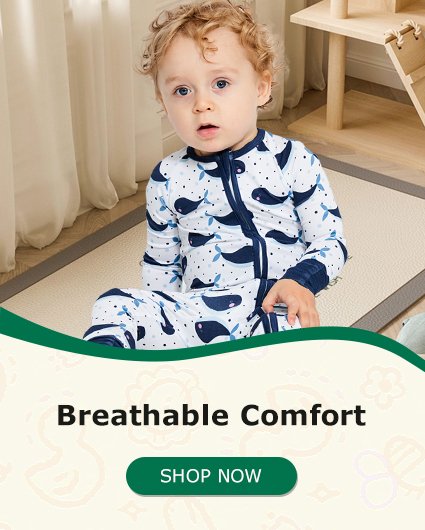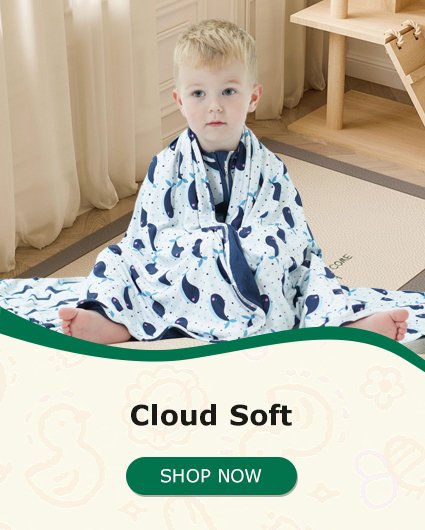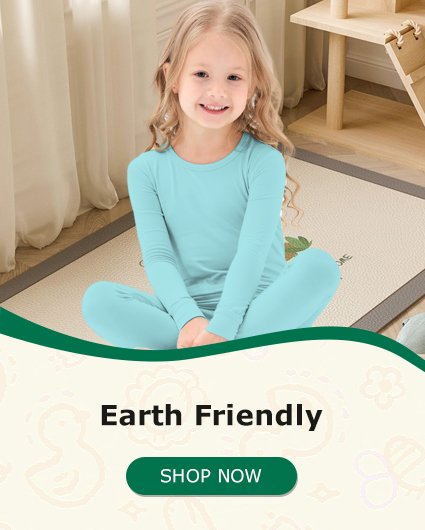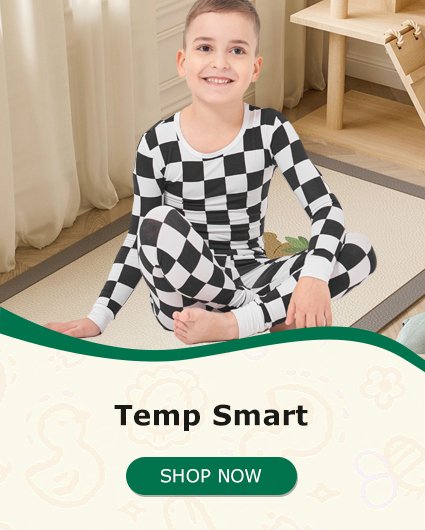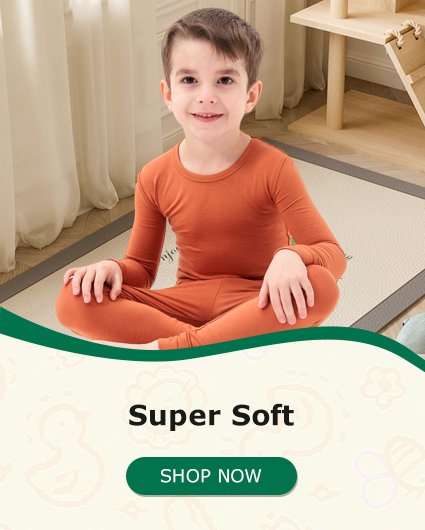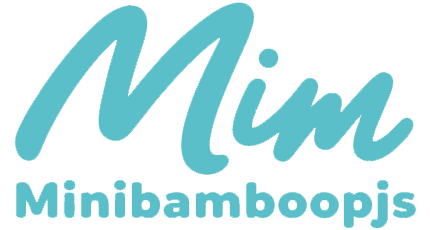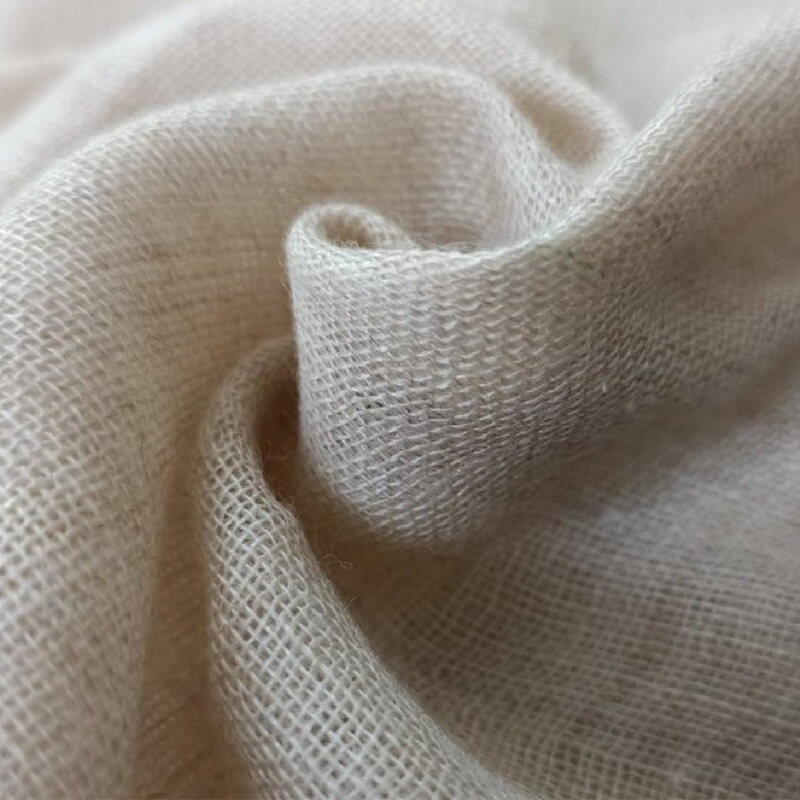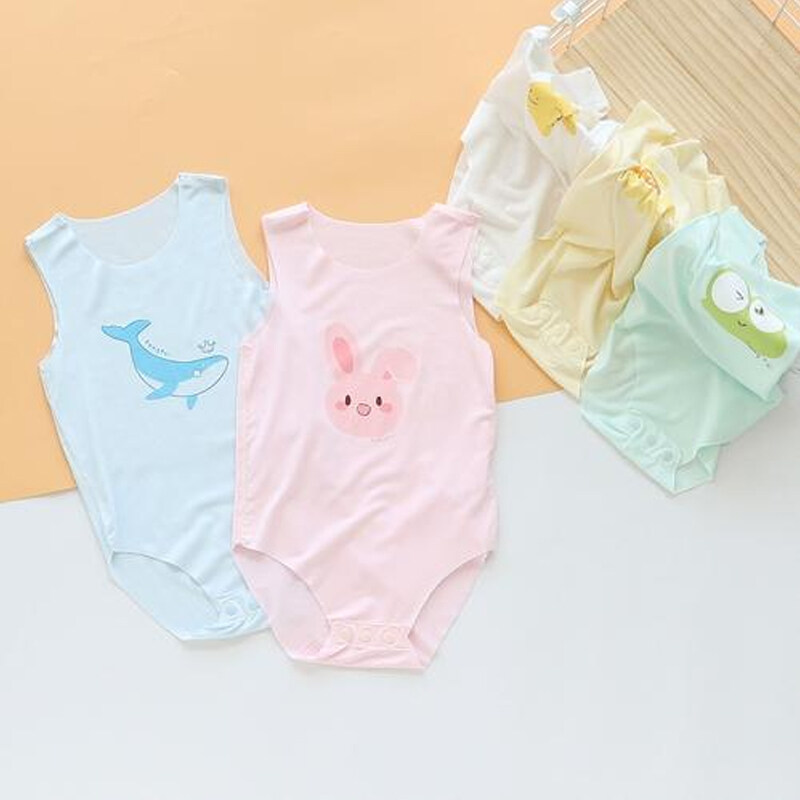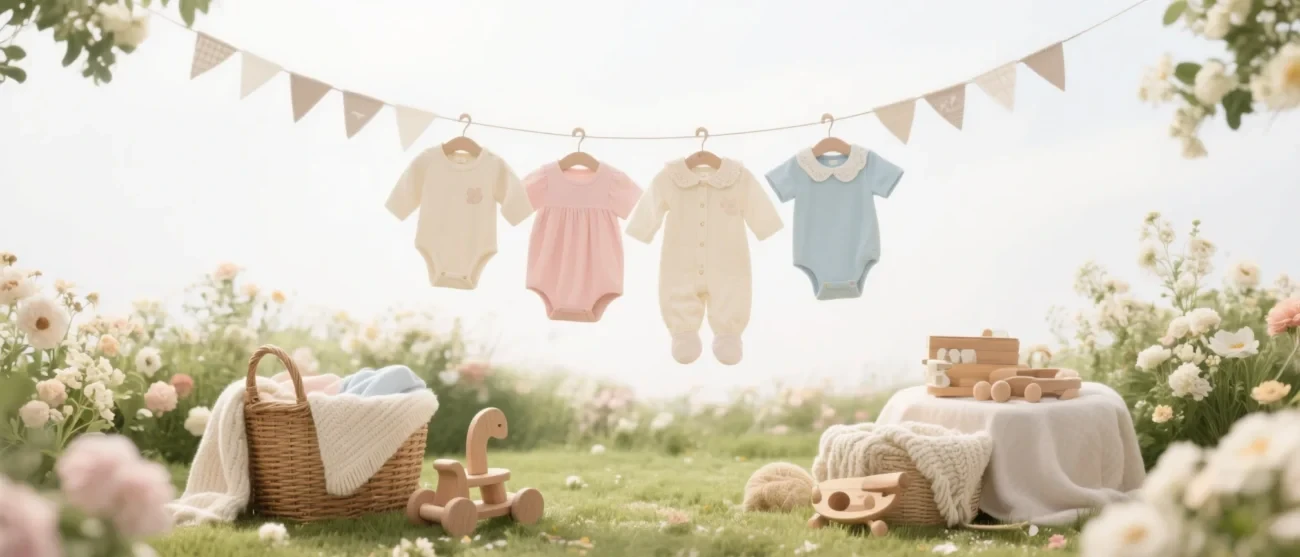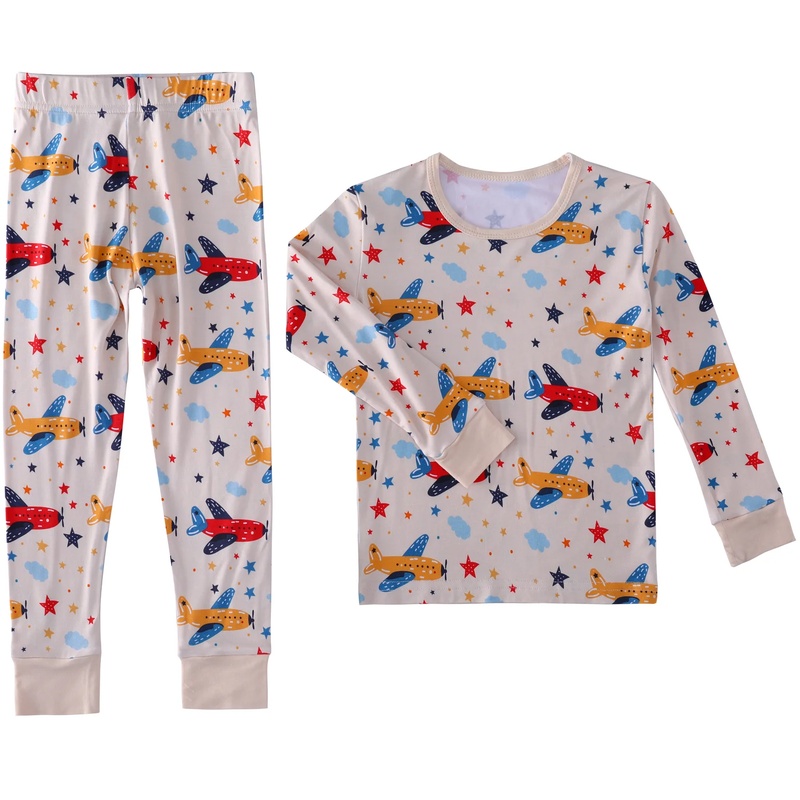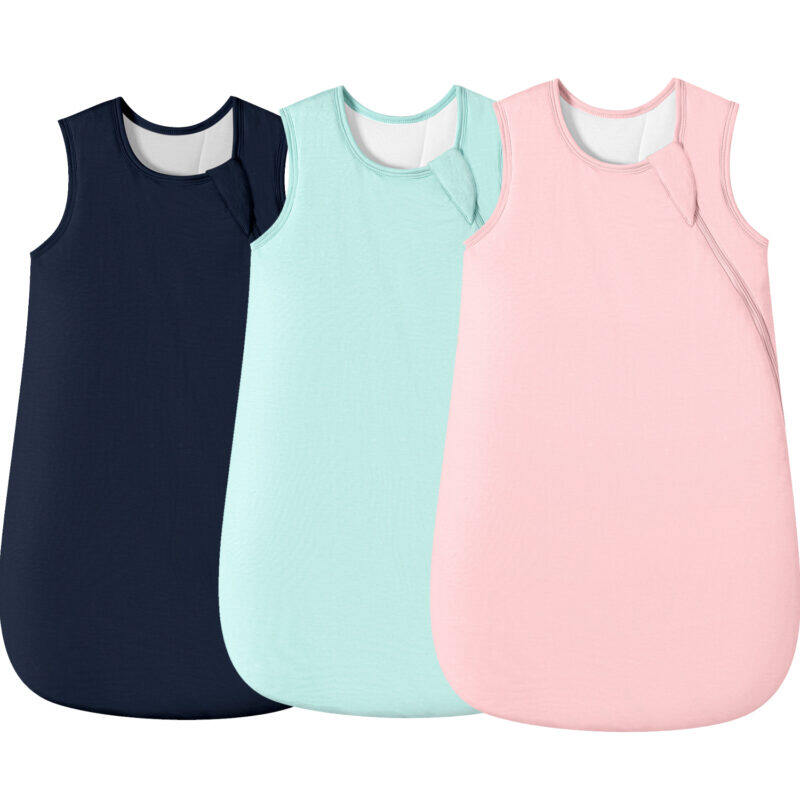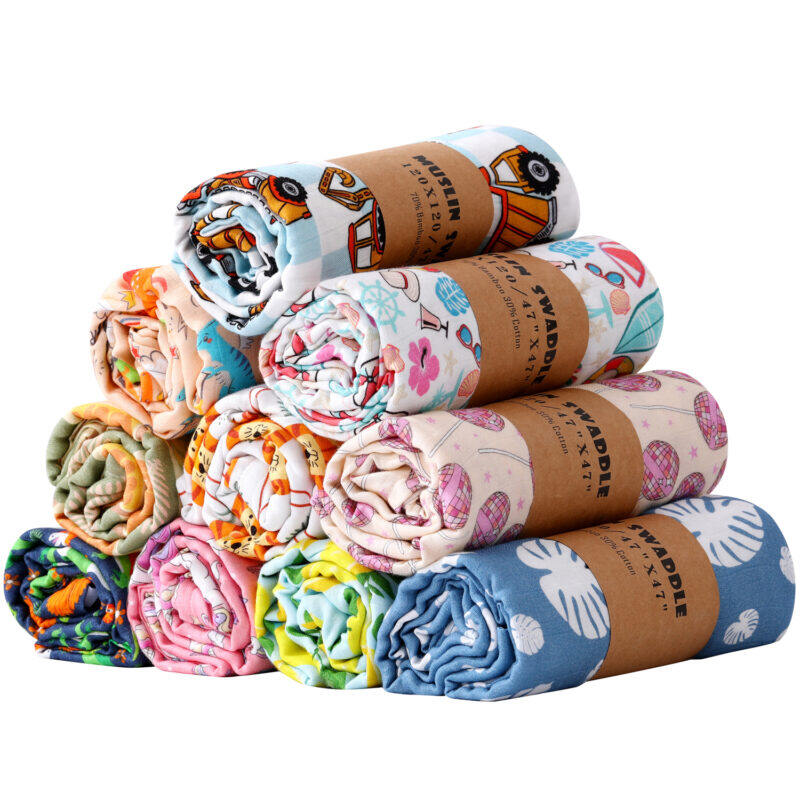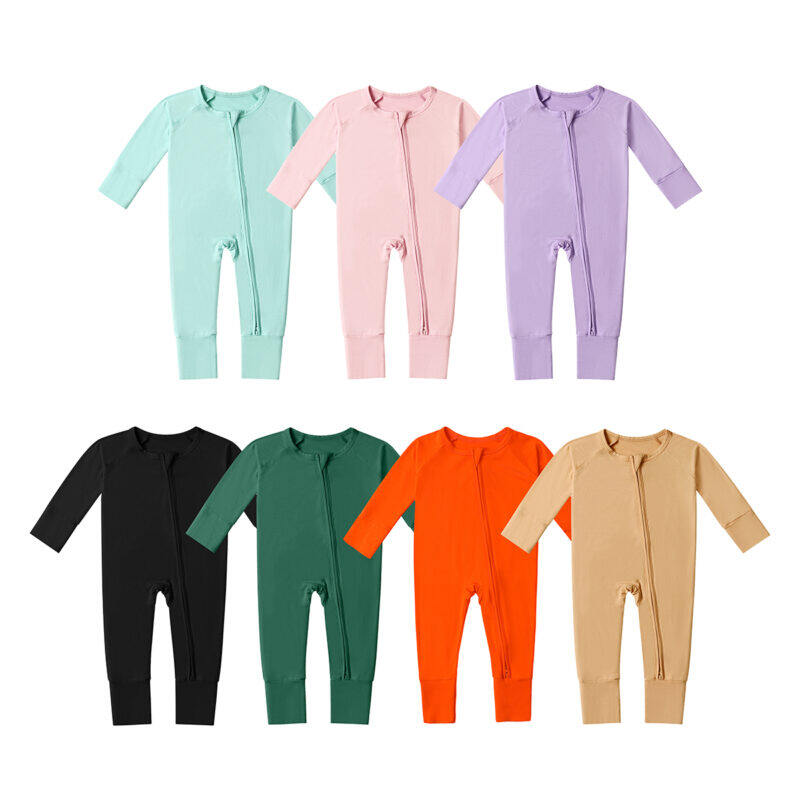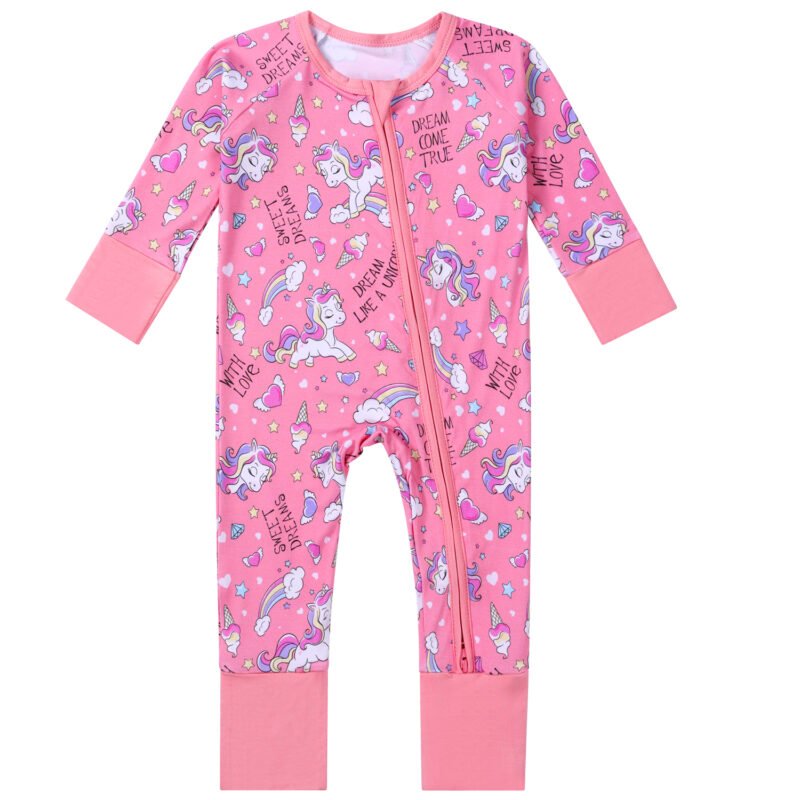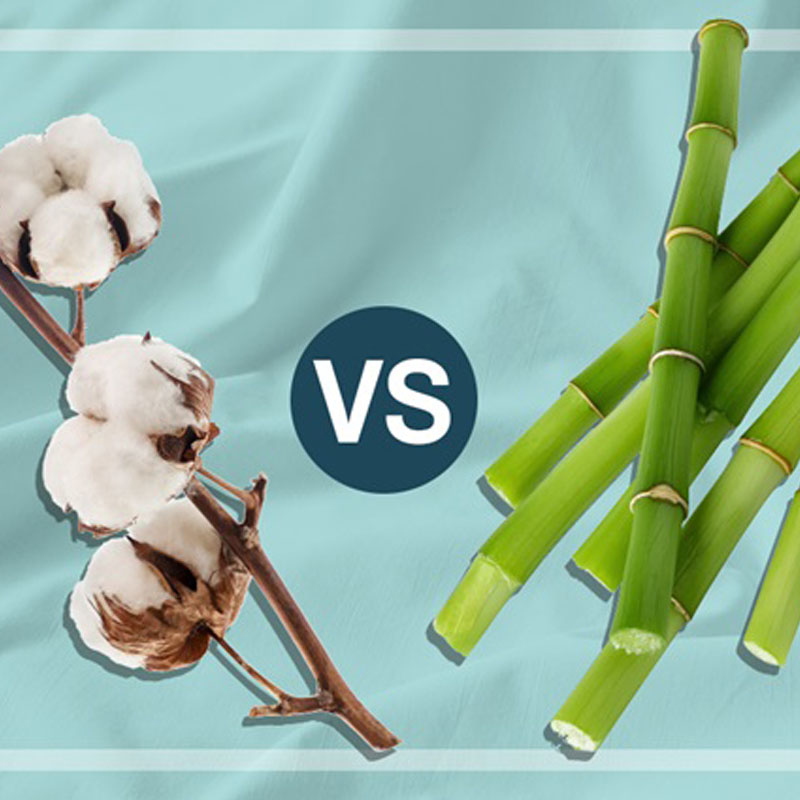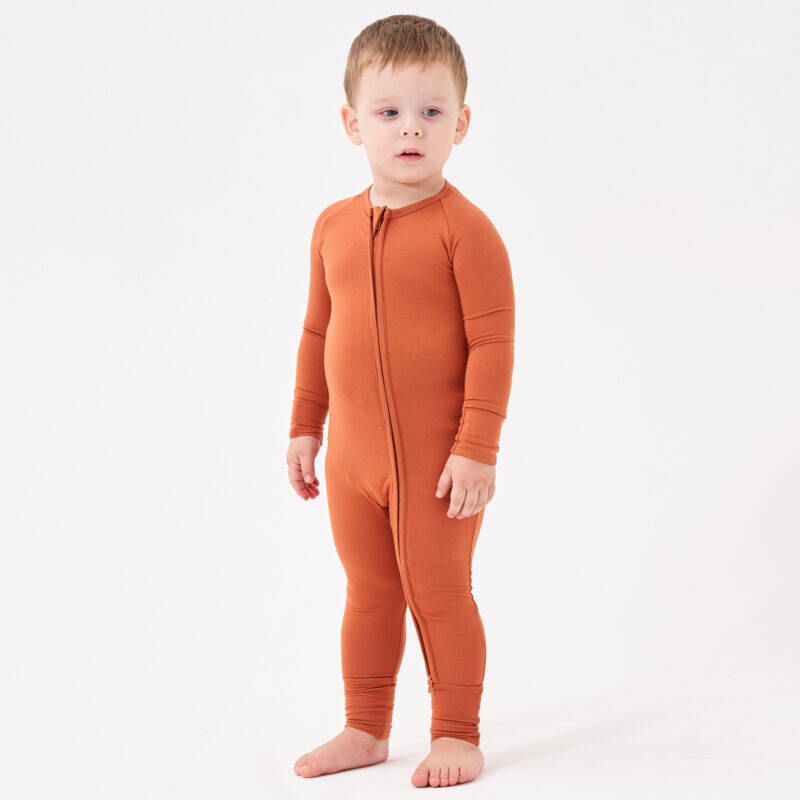What Is the Downside of Bamboo Fabric?

Bamboo fabric has become increasingly popular in recent years, especially in the world of baby and toddler clothing. Parents are drawn to it because it feels luxuriously soft, is naturally breathable, and is marketed as an eco-friendly alternative to cotton or synthetic textiles. However, like every fabric, bamboo also has its downsides. While it is often praised for its many benefits, understanding the potential disadvantages helps consumers make informed choices. In this article, we’ll take a closer look at the downsides of bamboo fabric, particularly in the context of baby and children’s wear, while also balancing these with its undeniable advantages.
1. Processing and Environmental Concerns
One of the main downsides of bamboo fabric lies not in the plant itself but in how it is processed. Bamboo in its raw form is an extremely sustainable plant: it grows rapidly, requires little water, and regenerates without the need for pesticides. However, turning bamboo stalks into soft fabric often involves a chemical-intensive process.
Most bamboo fabrics sold on the market are technically bamboo viscose (or rayon). To produce it, bamboo pulp is broken down using strong solvents like sodium hydroxide and carbon disulfide. While the finished fabric is soft and safe to wear, the production process can be harmful to the environment if waste chemicals are not carefully managed.
For eco-conscious parents, this may raise concerns. That being said, many reputable brands—including those specializing in baby clothing—work with suppliers that follow closed-loop production systems, which recycle chemicals and reduce environmental impact.
2. Durability Issues
Another downside is that bamboo fabric, especially when blended into viscose, can be less durable than cotton. Bamboo clothing is prone to pilling if not cared for properly, and it may lose some of its softness after repeated washes. This is particularly important for baby and toddler clothing, which is washed frequently.
Parents may find that bamboo pajamas or rompers require gentler washing methods—cold water, mild detergents, and air drying—to maintain their texture. For busy households, this extra care may feel inconvenient compared to sturdier cotton garments.
3. Cost Compared to Other Fabrics
Bamboo fabric is generally more expensive than conventional cotton or polyester. The higher cost comes from the processing methods, the premium branding around bamboo, and its association with eco-friendly lifestyles.
For families on a budget, bamboo baby clothing might feel like a luxury rather than an everyday essential. While many parents believe the extra softness and hypoallergenic qualities are worth the price, it can be seen as a downside compared to more affordable alternatives.
4. Misleading Eco-Friendly Claims
Another challenge is the way bamboo fabric is sometimes marketed. It is often labeled as “green” or “sustainable,” which is partially true because the plant itself is eco-friendly. However, because most bamboo fabric is chemically processed, it isn’t always as environmentally friendly as consumers expect.
This doesn’t mean bamboo clothing should be avoided, but rather that parents should look for transparent brands that explain how their bamboo textiles are sourced and manufactured. Certifications like OEKO-TEX® can also provide reassurance about safety for babies’ delicate skin.
5. Sensitivity to Heat and Sunlight
Bamboo fabric is less resistant to high heat compared to some other fabrics. If exposed to excessive heat in washing or drying, it may shrink or lose its softness. Direct sunlight can also weaken the fibers over time. For parents who often dry baby clothes outdoors, this could be seen as inconvenient.
6. Availability and Style Options
While bamboo baby clothing is growing in popularity, it still has fewer style options compared to cotton-based collections. Large retailers typically stock more cotton garments, which can make it harder for parents to find bamboo clothing in certain prints, colors, or seasonal designs. Specialized brands—like those focusing exclusively on bamboo infant wear—fill this gap, but availability may still be a challenge in some regions.
Final Thoughts: Do the Benefits Outweigh the Downsides?
Although bamboo fabric does have some downsides—such as processing concerns, durability challenges, higher cost, and care requirements—its benefits often outweigh them, especially for baby clothing. Bamboo is soft, breathable, hypoallergenic, and gentle on sensitive skin, making it a trusted choice for parents.
For families seeking comfort and safety for their little ones, bamboo clothing remains a premium but worthwhile investment. By choosing brands that emphasize sustainable production and high-quality weaving, parents can enjoy the best of bamboo fabric while minimizing its drawbacks.
FAQs About Bamboo Fabric
1. Is bamboo fabric safe for babies?
Yes. Despite concerns about chemical processing, the finished bamboo fabric is safe for babies when manufactured under proper standards. Many bamboo baby clothes are OEKO-TEX® certified, meaning they are free from harmful substances.
2. How should bamboo baby clothes be washed?
To maintain softness and durability, it’s best to wash bamboo clothing in cold water with a mild detergent. Avoid bleach or fabric softeners, and opt for air drying instead of high-heat dryers to prevent shrinkage.
3. Does bamboo fabric shrink easily?
Yes, bamboo fabric can shrink if exposed to high heat during washing or drying. Gentle washing and line drying will help preserve the fabric’s size and shape.
4. Why is bamboo clothing more expensive?
Bamboo clothing tends to cost more because of the production process, premium branding, and eco-friendly positioning. However, many parents consider it a worthy investment for the comfort and safety it provides their little ones.
5. How does bamboo compare to cotton?
Bamboo is generally softer, more breathable, and hypoallergenic compared to cotton. However, cotton is often more durable and affordable. Parents often choose bamboo for comfort and skin-friendliness, especially for newborns with sensitive skin.

